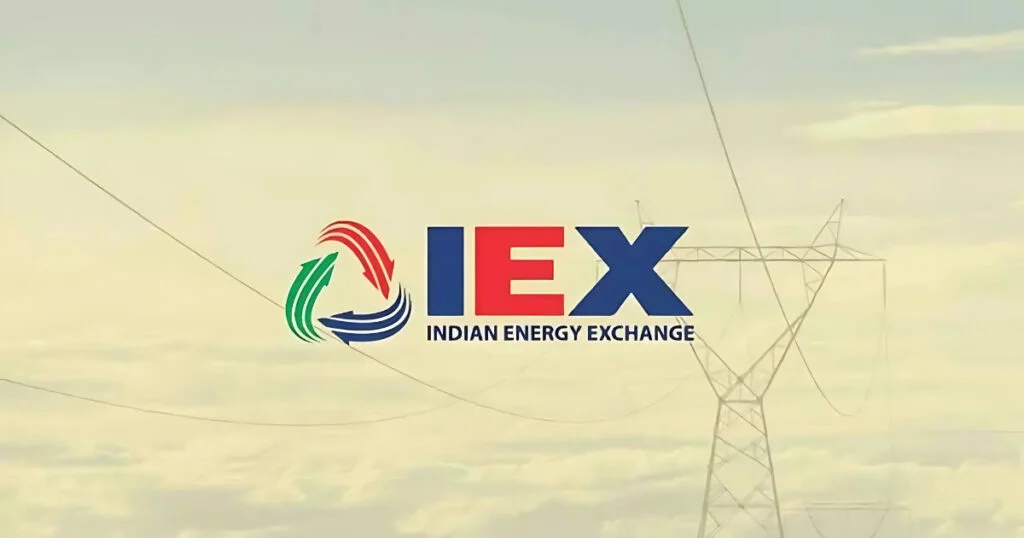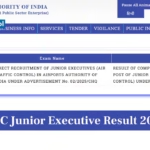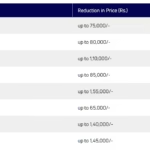The Indian Energy Exchange (IEX) has become one of the most prominent players in India’s power trading sector. As the country moves rapidly towards digital and real-time electricity markets, IEX stands at the center of this transformation. However, like any publicly traded stock, the IEX share price has seen several ups and downs in the recent past, making investors curious about its future trajectory.
In this blog, we’ll take a comprehensive look at IEX’s stock price history, financial performance, market position, and growth outlook in 2025 and beyond.
About IEX: India’s Power Trading Giant
Founded in 2008, Indian Energy Exchange is India’s premier energy marketplace, allowing trading of electricity, renewable energy, and certificates. It operates under the regulatory framework of the Central Electricity Regulatory Commission (CERC).
Key segments of IEX include:
- Day-Ahead Market (DAM)
- Real-Time Market (RTM)
- Green Market (G-DAM, G-TAM)
- Renewable Energy Certificates (RECs)
- Cross-border electricity trade
With over 7,000 participants, including power generators, state electricity boards, and large consumers, IEX plays a crucial role in price discovery and market efficiency.
IEX Share Price Performance: Past to Present
📉 Recent Share Price Trend (2023–2025)
After reaching an all-time high of around ₹305 in October 2021, the IEX share price has corrected significantly due to multiple factors like market volatility, regulatory changes, and slower growth in trading volumes.
Here’s how the price has moved in the past two years:
| Year | High (₹) | Low (₹) | Closing Price (approx) |
|---|---|---|---|
| 2021 | 305 | 140 | 275 |
| 2022 | 245 | 125 | 135 |
| 2023 | 180 | 115 | 145 |
| 2024 | 165 | 135 | 155 (as of Dec 2024) |
| 2025 (YTD) | 170 | 148 | ~160 (as of July 2025) |
Despite underperformance in 2022–2023, investor confidence has slowly returned in 2024–25 as fundamentals improve.
Why Did IEX Shares Decline After 2021?
Several factors contributed to the decline from its peak:
- Regulatory Uncertainty: Concerns over market coupling and increased competition due to the introduction of new power exchanges created selling pressure.
- High Valuations: The stock was trading at 70–80x P/E at its peak, which led to a correction.
- Reduced REC Trading: Changes in the Renewable Energy Certificate mechanism led to lower revenues from that segment.
- Volume Volatility: Inconsistent growth in traded volumes impacted topline growth.
Fundamentals and Financial Snapshot
Despite the stock correction, IEX remains fundamentally strong.
📊 Key Financial Metrics (FY24):
- Revenue: ₹430 crore (YoY growth of 9%)
- Net Profit: ₹290 crore (YoY growth of 6%)
- EBITDA Margin: ~75%
- ROE: 45%+
- Debt: Zero-debt company
- Cash Reserves: ₹1,200+ crore
IEX’s asset-light business model, high profit margins, and zero-debt status make it a fundamentally solid stock. Most of its revenue comes from transaction fees on trades.
What’s Driving IEX in 2025?
As of mid-2025, several tailwinds are pushing IEX toward recovery and long-term growth:
✅ 1. Rising Power Demand
India’s electricity consumption is expected to grow at 6–7% CAGR. With summer demand peaks and industrial recovery post-pandemic, volumes on the exchange are rising again.
✅ 2. Green Energy Push
With increasing focus on solar and wind energy, green trading platforms like G-DAM are becoming key contributors to volumes.
✅ 3. Cross-Border Trade
India is enhancing its power trade relations with Nepal, Bangladesh, and Bhutan. IEX stands to benefit from cross-border electricity trading.
✅ 4. Market Expansion
New instruments like Long-Duration Contracts (LDCs) and Capacity Markets are expected to expand IEX’s product base and revenue streams.
Risks and Challenges
While the outlook is promising, investors should consider the following risks:
❗ Competition
The entry of Power Exchange India Limited (PXIL) and newer platforms like Hindustan Power Exchange (HPX) could erode IEX’s market share over time.
❗ Regulatory Overhang
Decisions around market coupling—where a centralized platform could reduce IEX’s pricing advantage—are still under discussion.
❗ Volume Dependence
Since revenue is directly tied to traded volumes, any fall in electricity trading (due to oversupply or policy shifts) can affect profits.
What Are Analysts Saying About IEX in 2025?
Brokerage houses have mixed views:
- Motilal Oswal: Buy with a target of ₹190 – citing strong financials and volume recovery.
- HDFC Securities: Hold – awaiting clarity on market coupling developments.
- ICICI Direct: Buy – optimistic about long-term green energy and REC volume growth.
- Kotak Securities: Underweight – cautious about competition risks.
Overall, the consensus is mildly bullish with long-term confidence, though short-term regulatory risks remain.
Is IEX a Good Investment in 2025?
If you’re a long-term investor, IEX offers a compelling mix of high margins, zero debt, strong market position, and long-term growth driven by India’s evolving energy market.
It is especially attractive for:
- Investors looking for monopoly-style businesses
- Those wanting exposure to India’s energy and green economy
- Dividend-seeking investors (IEX has a consistent payout history)
However, short-term traders should be cautious due to volatility driven by regulatory updates and market sentiment.
Key Takeaways
| Factor | Status |
|---|---|
| Business Model | Asset-light, high-margin |
| Industry Position | Market leader (90%+ market share) |
| Financial Health | Strong (debt-free, high cash reserves) |
| Risks | Regulatory changes, competition |
| 2025 Share Price Range | ₹148 – ₹170 |
| Long-Term Outlook | Positive, especially in green energy segment |
Conclusion
The IEX share price journey reflects both the opportunities and risks of investing in a regulated monopoly in a transforming sector. As India’s electricity needs expand and digital trading deepens, IEX is well-positioned to remain a central figure in this ecosystem. While challenges like competition and policy shifts may create temporary noise, the company’s core fundamentals and long-term growth narrative remain strong.
For investors with a 3–5 year horizon, IEX offers a solid mix of stability, growth, and dividend income, making it a worthy contender for inclusion in an energy-focused or diversified portfolio.










